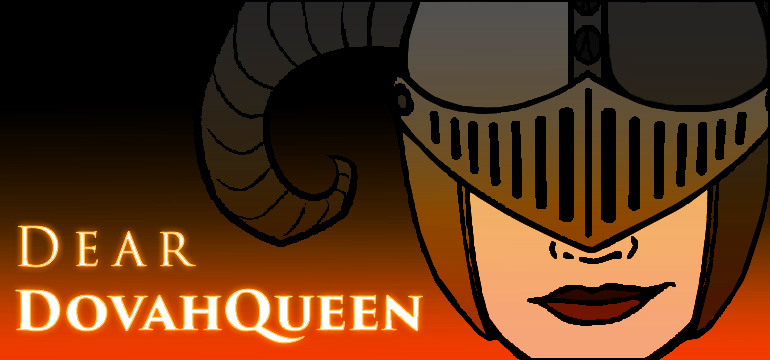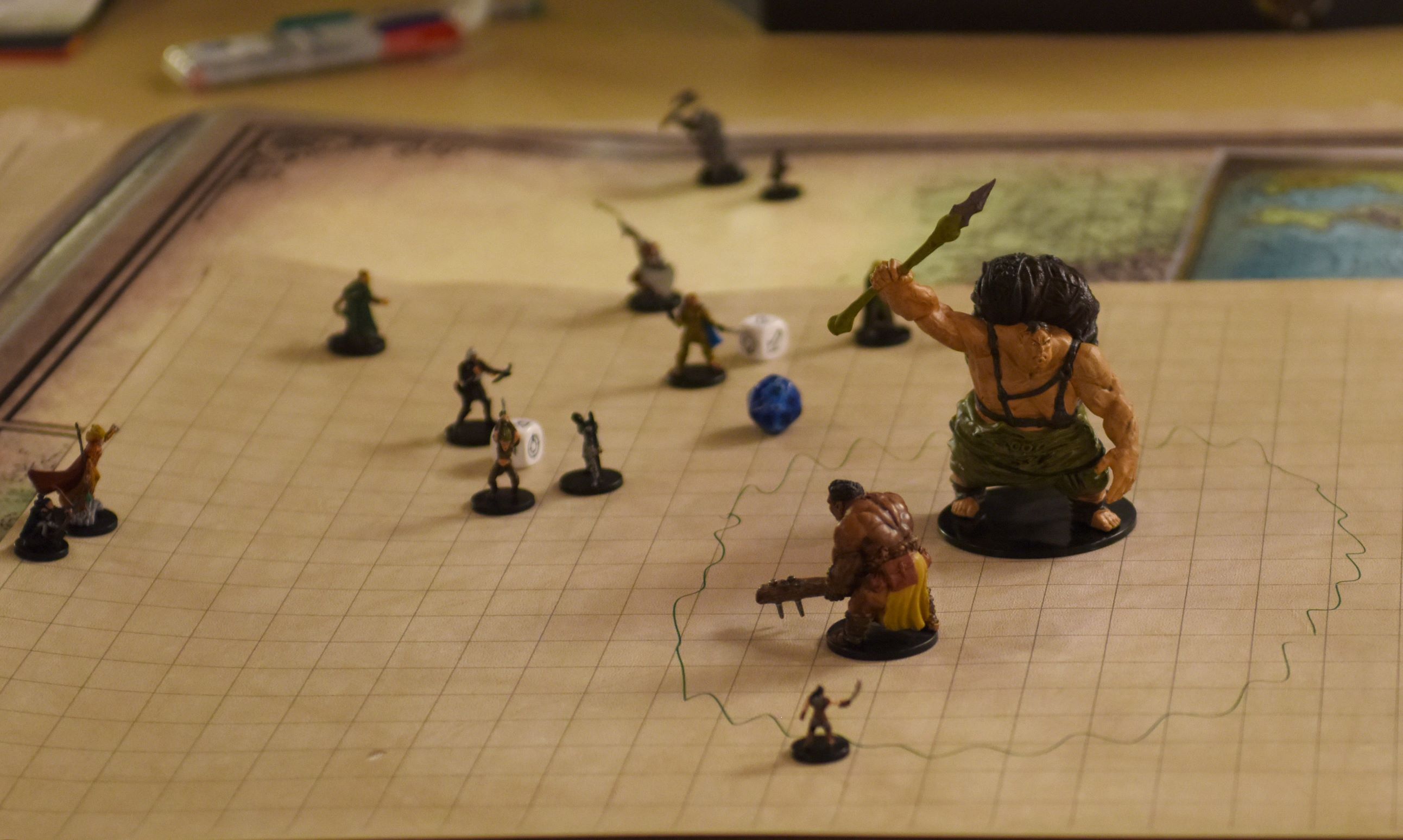Every GM has experienced a time when players zigged and the GM needed them to zag. Today, we discuss ways to help keep the players wanting to dance to the GM’s drum.
Dear DovahQueen: Do you have any ‘tricks’ for when a campaign goes off the rails, anything that you’d suggest as a stop gap for when a party totally stymies you? I’ve had this happen a few times, and it’s always caused a less than enjoyable slowdown in the flow and mood of my sessions. – Captain Hero
Dear Capt. Hammer: A very wise developer once gave me a bit of advice that always stuck with me. He said, “If the party doesn’t want to play your story, then they aren’t going to play your story.” And he was very right; if your players insist on not participating in the story, there really isn’t anything you can do about that in the moment. The keywords there are “in the moment.” Most of your options for handling these situations rely on you taking preventative measures in your story rather than reactive. While there are numerous small tweaks that can be made here, we’re only going talk about a few that might carry the most impact.
Going all the way back to character creation, as a GM it isn’t just your job to make sure that your characters are following the RAW (rules as written) appropriately. You also need to make sure that players are crafting characters that will be more prone to engaging in and developing their own story rather than following the more trope-ish murderhobo tendencies that have come to define so many heroes. When you make “their own story” intrinsically tied to the story that you, as the GM, want to tell, the players themselves will be more likely to keep themselves on track. In my games, I encourage my players to have at least one rank in a profession, craft, or perform skill that can be easily translated to a job or career in the starting city. There have been times when I’ve handed this one skill point out freely in addition to other starting skills because it just makes my job of keeping them investing in the story so much easier in the long-run. Likewise, I also often have my players name a minimum of three family members/close friends/ties to the character. I find that these small tweaks during creation can subtly help a player create a character that feels more like a person with real ties to the world that I’ve provided rather than a bum that travels the world looking for guts to plug a sword into. With ties in place that both the character and player care about, it’s easier to manipulate them into making the plot decisions that you need them to.
Which brings me to a small, easy, and important step that gets overlooked in a surprisingly vast amount of games. Tailor the story to the characters. Even premade adventure paths aren’t that hard to tweak in small ways to make the story feel more about these particular heroes rather than any ol’ mercenary. The easiest way is to make the heroes be locals to the problem area. You could try giving them direct relations to an adversary, making them more emotionally invested in the plot and its development. Tie key plot elements into their backstory. Kidnap their puppy; the skies the limit on what you can do to personalize the story to the characters. The more ties a player and character have to the story, the better the chance there will be that they’ll actually want to see it through.
No matter how masterfully you craft and present your story, moments of derailing will happen and important pieces of plot will get either ignored or missed. There’s just not much that can be done about that. To make sure that players don’t miss the more major happenings, I like to run “soft encounters.” Instead of tying an important event to a particular location, I might have the arcane bandits be found wherever it is that the players are trying to go. This way it’s easy to plug into whatever method of advancing the story their choosing on their own. If it’s intrinsically part of the story that said specific area be experienced, your best bet might be to plant the seed of going there in the story. This tends to work best, and with the most impact, when you weave it into your narrative via finesse and foreshadowing rather than the divine ham-fist of inspiration. Maybe you find a subtle way for the players to overhear that they might have potential allies in the nearby town of Westerhall. The way you accomplish such a thing is going to be heavily reliant on your GM style and on your story.
Finally, it’s important to keep in mind that even though you’re the GM, it isn’t actually your story; it’s theirs. You may have been the one to write it, but you did so to present it to them. As a GM, you’re kind of like a master chef. You carefully prepare the story with love and finesse for your players, but ultimately, they’re the ones that are gonna consume it, and it’s not really your place to tell them that they’re not enjoying it correctly. And of they don’t like it, then forcing them to eat it anyway isn’t going to suddenly make it fun. Keeping some of these things in mind could help you flavor your plot to your players, making it more to their liking. If they want to finish what you’ve presented them with, you should see fewer total stymies.
You can request RPG advice or send your questions by email to deardovahqueen@gmail.com or on Facebook.






